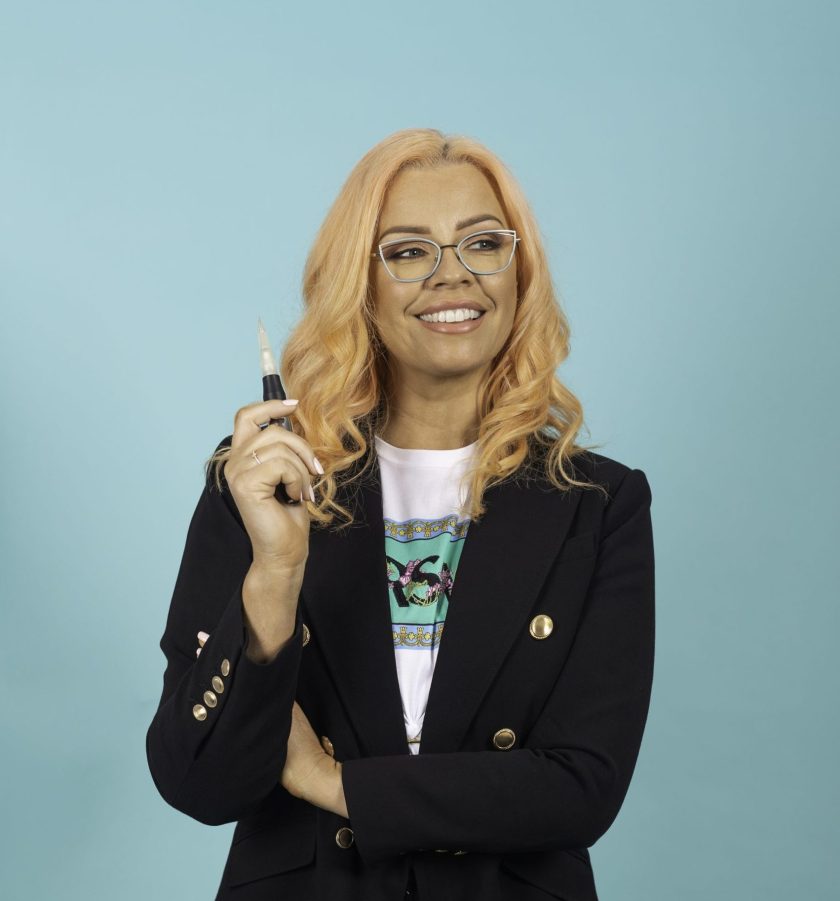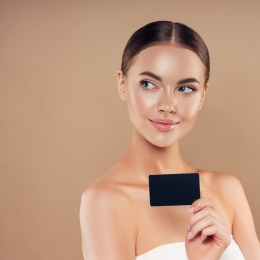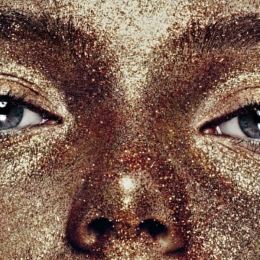From tattoo removal to compliant inks, here is what you must know as a cosmetic tattooist.
Renowned as a PMU (Permanent Makeup) Trainer and the visionary Founder of Distinctive Features, Georgie Westley stands as an industry luminary – dedicated to imparting invaluable knowledge to aspiring cosmetic tattooists.
As a PMU Trainer, she brings forth a wealth of experience and expertise, guiding individuals through the intricate art and science of permanent makeup application. Georgie brings a unique perspective to the world of cosmetic tattooing, and we asked her to share four crucial must-knows for aspiring and practicing cosmetic tattooists.
1. Ink Compliance
REACH Pigments REACH (Registration, Evaluation, Authorisation and Restriction of Chemicals) compliance deals with the regulations that were created to improve the environment and protect human health. REACH addresses the risks associated with chemicals and promotes alternative methods for the hazard assessment of substances.
To protect European citizens, thousands of hazardous chemicals found in tattoo inks and permanent make-up are restricted in the EU under the REACH Regulation from January 2022.

For peace of mind and duty of care to my clients, I prefer to use REACH Compliant pigments. Knowing they are triple tested for compliance with zero allergens, carcinogens like microplastics, the pigments are
the cleanest you can put in someone’s skin. They all have the stamp of approval and carry with them a QR code for scanning to reveal all testing certificates, compliance certificates and MSDS’s.
If you can’t get these things from your pigment manufacturer, then you could be potentially putting something toxic in your or your clients’ skin. I strongly advise all patients to ask if their artist, or even tattooists to ask if their trainer uses REACH compliant pigments for PMU.
It is important to note: REACH compliant inks are harder to work with than your body ink style pigments with full ink saturation, however, once you are used to them, it’s no issue at all and you can achieve lovely natural healed results.
I find we mainly need to implant more of a REACH compliant product as the micropigment can be metabolised more during the healing phase than that of a larger particle sized ink product.
REACH compliant pigments are readily available in Australia – personally, I use German Made ColorEssense by Goldeneye, which I train with and supply through my distribution company Australian Color Technologies.
2. Laser Tattoo Removal
I’ve been removing brow tattoos for 10 years now with laser as part of a multi-modality treatment for removals and corrections for brow tattoo. In my experience, you do not need the latest PICO lasers for brow tattoo removal, not all colours remove with laser and being educated on what to recommend for your client is important for the health of their skin.
There are many ways to remove PMU and many very well marketed machines and modalities. They all have their place in our industry, contrary to what their marketing has convinced us.
For PMU, it all depends on the type of pigment used as to how it can be removed and also what colour it is. When lasers are used, you absolutely do not need a pico-second laser for brows, it does not make it any better than nanosecond Nd:YAG machine.
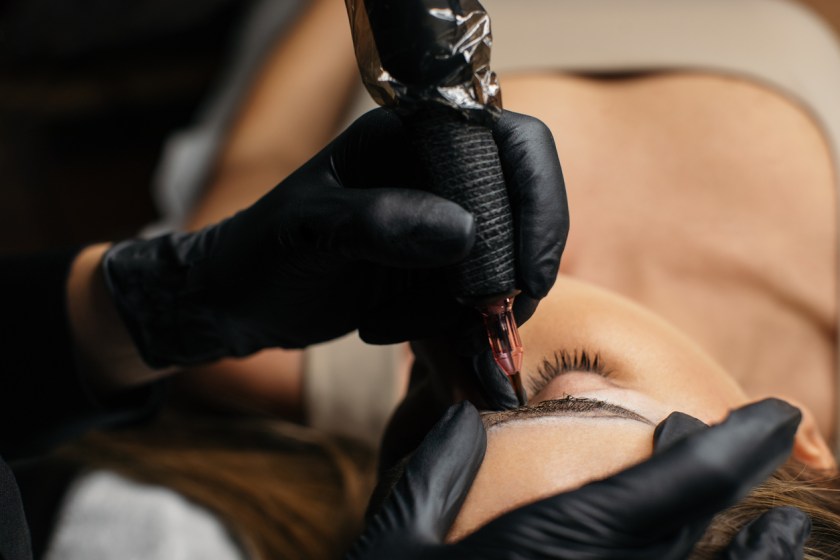
So if investing in your own machine, unless you plan to have a huge business in tattoo body removal (not as big business as you think with the big franchises now all over the place) then a Q-switched Nd:YAG is the best option with a 532 KTP filter. The lower the settings can be calibrated by the manufacturers, the better for PMU as it allows for multi colour treatment in one session with almost no trauma.
If you can change the spot size on your machine, that’s even better again. If the spot size
can’t be changed and stays tiny, this can make for a more traumatic removal for cosmetic tattoo which can cause scarring and heightened immune response making it harder for the tattoo to hold when eventually the client wants to re-tattoo.
It is important to note that iron oxide reds will often go grey/green with Laser and need to be removed manually with chemical removal systems. Yellow ink also does not remove well with lasers and is always left over from brow laser removal, which (if not being tattooed over with correction techniques) also needs chemical removal systems such as saline and glycolic which is applied with a tattoo machine by a qualified practitioner.
3. Not Following (All) The Trends
Young girls get old one day too – be careful tattooing trends over balance, as corrections and removals can be painful, lengthy and unwanted.
We spend so much time removing brows for people who had tattooed overly high and spikey brow hair technique for the want to have the laminated fluffy look.
We remove brows that are way too thick and low as people get older and need a higher arch for
the lift and thinner brows to open up their eyes and make them look younger.
All of this can be avoided if correct mapping techniques are used and tattoos are not applied too low and thick or too high and spikey. Hairstrokes (however they are applied), never stay like hair strokes forever.
4. Your Education Responsibility
Learning cosmetic tattoo is not for the faint hearted, the busy person who has not time to put heart and soul into practice or the person who expects a get rich quick career change might not be suitable.
Tattooing is extremely hard to do, the professionals make it look easy as we do it day in and day out. It tooks us years to perfect our craft. Unless you have the time to put into it, you are wasting your time and money.
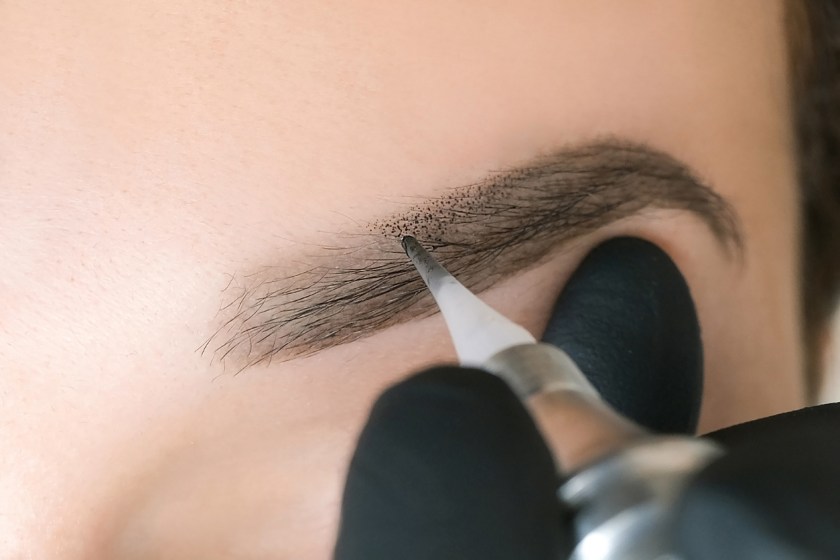
You are also investing in a new solitary career. It’s not something you can go out and find a job in, you need to already have a background in beauty and a steady trusted clientele – so you can get straight into the new treatment when you leave.
Too many people learn PM prematurely, not being ready to jump straight in and get practicing immediately. You will waste your money if you don’t have the ability to work within the brow space, or be set up for PMU and be ready to start.
Like most of the beauty industry in Australia, PMU is very unregulated and impossible to police, which is probably why they don’t regulate.
Do your research before enroling into training. Whilst you definitely do not need to do accredited training, your trainer should be an experienced qualified trainer and have proven experience and reputation in the industry.
Look at their work, speak to past students. Look for over filtered photos, this is a red flag also. 2-day courses in hotel rooms without doing a live model yourself are a problem if you are a beginner. Fancy marketing and designer handbags does not mean they are a good trainer.
Read the latest issue of SPA+CLINIC below:
There are 5 ways you can catch up with SPA+CLINIC
- Our quarterly print magazine, delivered to your door. Subscribe here.
- Our website, which is updated daily with its own completely unique content and breaking news.
- Our weekly newsletter – free to your inbox! Subscribe here.
- Our digital magazine – click here to view previous issues.
- Our social media – see daily updates on our Instagram, Facebook & Linkedin

